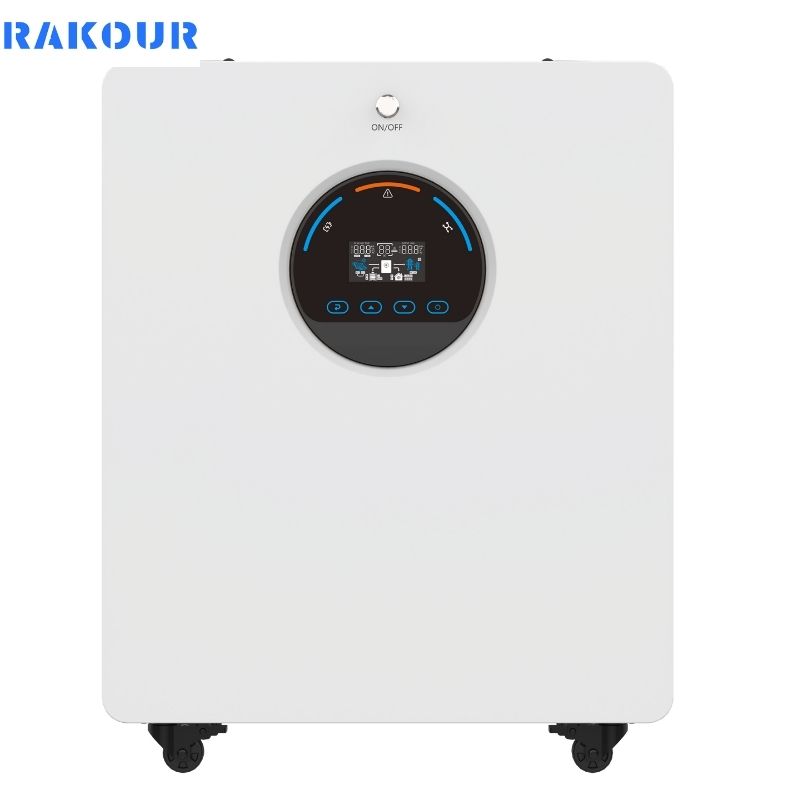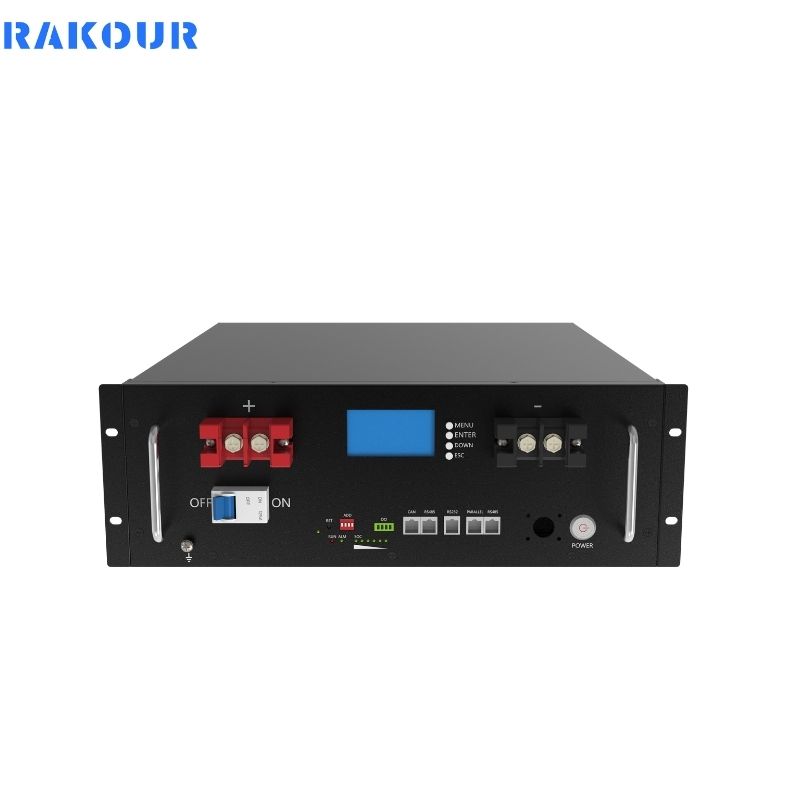What is 100Ah of lithium equivalent to?

The conversion of amp-hours (Ah) to watt-hours (Wh) for a 100Ah lithium battery varies with the system voltage, resulting in different energy storage capacities such as 1,200Wh for 12V, 2,400Wh for 24V, and 4,800Wh for 48V systems.
Which is Better: LiFePO4 or Lithium Battery?

LiFePO4 and traditional lithium-ion batteries each present unique advantages and disadvantages, with the decision between them hinging on factors such as safety, energy density, lifespan, cost, and environmental impact, tailored to specific application needs.
What is the full charge of LiFePO4 48V battery?

LiFePO4 (Lithium Iron Phosphate) 48V batteries are integral to numerous applications, with their voltage levels being critical for ensuring optimal performance and longevity. Understanding these key voltage levels, from maximum charging to fully discharged states, along with effective battery management practices, is essential for maximizing the efficiency and lifespan of these power sources.
Why is a 48V lithium battery more suitable for home battery backup systems?

The rising preference for 48V lithium batteries, especially LiFePO4 variants, in home battery backup systems is attributed to their superior efficiency, scalability, cost-effectiveness, safety, and environmental benefits compared to traditional alternatives.
Do you need a special charger for a 12V lithium battery?

Determining whether a special charger is necessary for a 12V lithium battery is a common question among battery users, as using a lithium-specific charger is generally recommended to ensure safety, optimal performance, and longevity due to its tailored charging profile, voltage precision, and compatibility with the Battery Management Systems (BMS) found in modern lithium batteries.
How long will a 12V 100Ah lithium battery last?

12V 100Ah lithium battery, with a capacity of 1200 watt-hours, can power various devices depending on their energy consumption and usage patterns. Calculating the battery’s runtime involves understanding the relationship between voltage, ampere-hours, and watt-hours, as well as considering factors like discharge efficiency, depth of discharge, and the combined power demand of multiple devices to optimize performance and lifespan.
How To Charge 12v Lithium Battery?

charging a 12V lithium battery involves adhering to specific voltage and current specifications, utilizing appropriate charging methods such as inverter, solar, or alternator charging, and following detailed safety steps to ensure optimal performance and longevity. This guide provides comprehensive insights into the various stages of charging, recommended practices for different battery types like LiFePO4, and crucial safety considerations to prevent damage and extend battery life.
What Size Lithium Battery for 12V Trolling Motor?

Selecting the right lithium battery for a 12V trolling motor requires careful consideration of factors such as motor thrust, desired runtime, and specific capacity needs. This guide explores the various battery sizes and capacities suitable for different trolling motor applications, helping anglers and boaters make informed decisions for optimal performance on the water.
Guide to LiFePO4 Voltage Chart

This comprehensive guide explores the LiFePO4 voltage chart, detailing the chemistry, performance, and applications of 48V LiFePO4 batteries. Gain insights into optimizing battery life, troubleshooting common issues, and comparing technologies for informed decision-making.
Why is a 48V lithium battery more suitable for home battery backup systems?

This article explores the advantages of using a 48V lithium battery, specifically LiFePO4, for home battery backup systems. It discusses energy efficiency, safety, and long-term savings, making it an ideal choice for residential energy storage solutions.
Is the LiFePO4 battery better than lithium?

This article explores the comparative advantages of LiFePO4 batteries over traditional lithium-ion batteries. It examines performance, safety, cost, and applications, providing insights for consumers and businesses considering battery options.
What percentage is a 48V LiFePO4 battery?

This article explores the percentage of charge in 48V LiFePO4 batteries, detailing how to measure capacity, factors affecting performance, and best practices for maintenance. It also discusses future trends in this battery technology, ensuring optimal usage and longevity.











